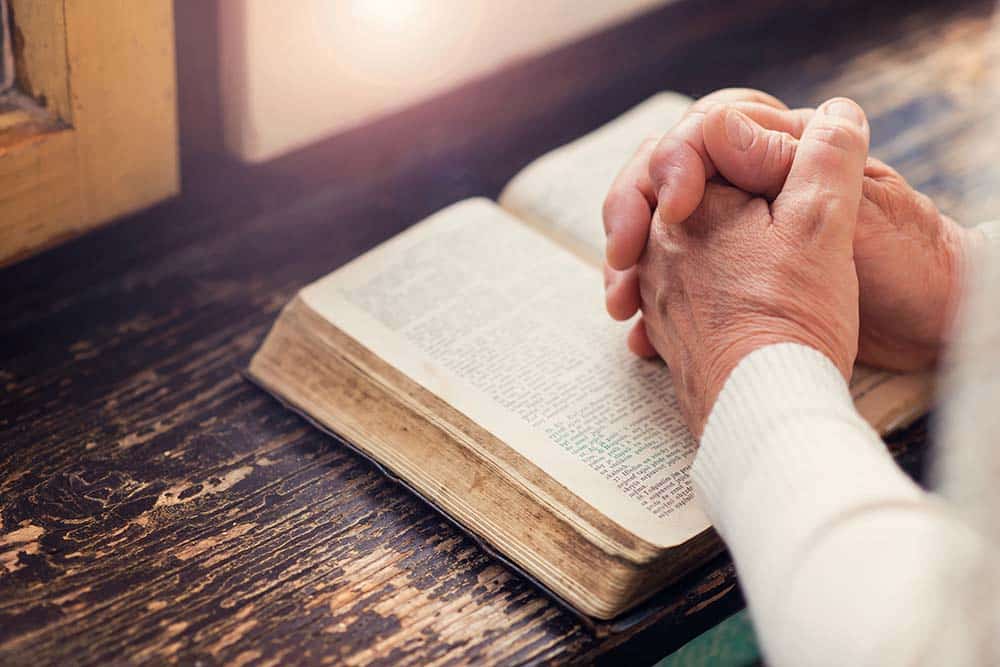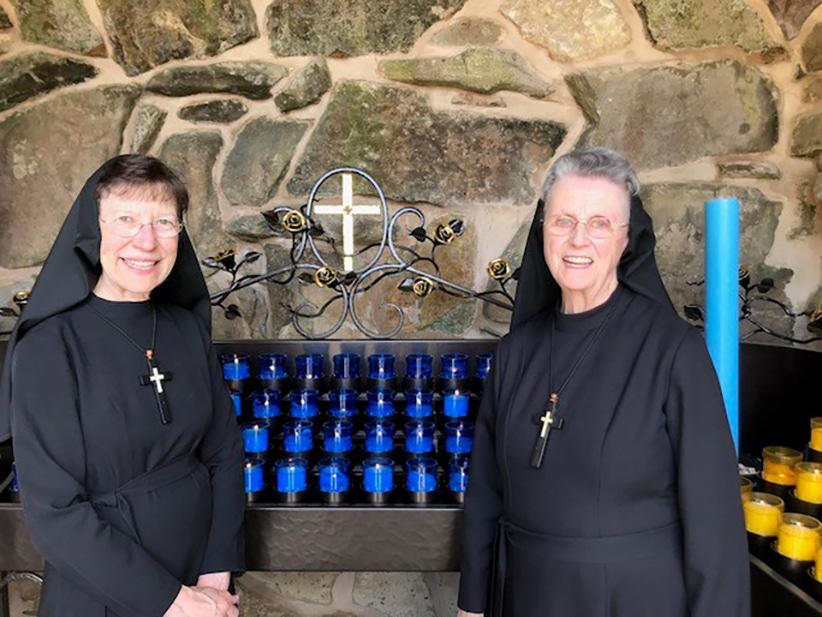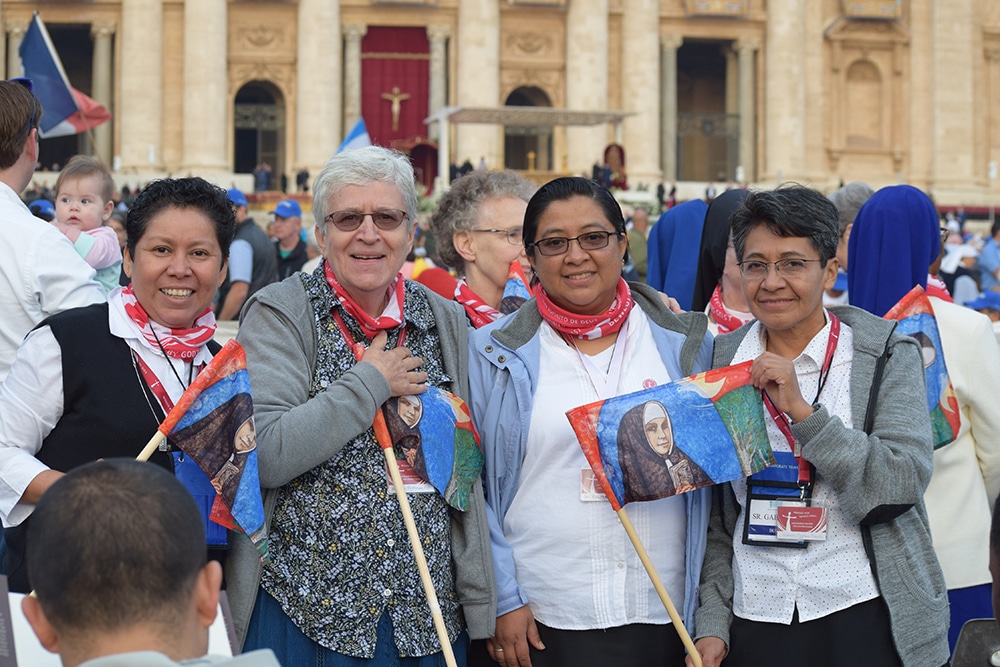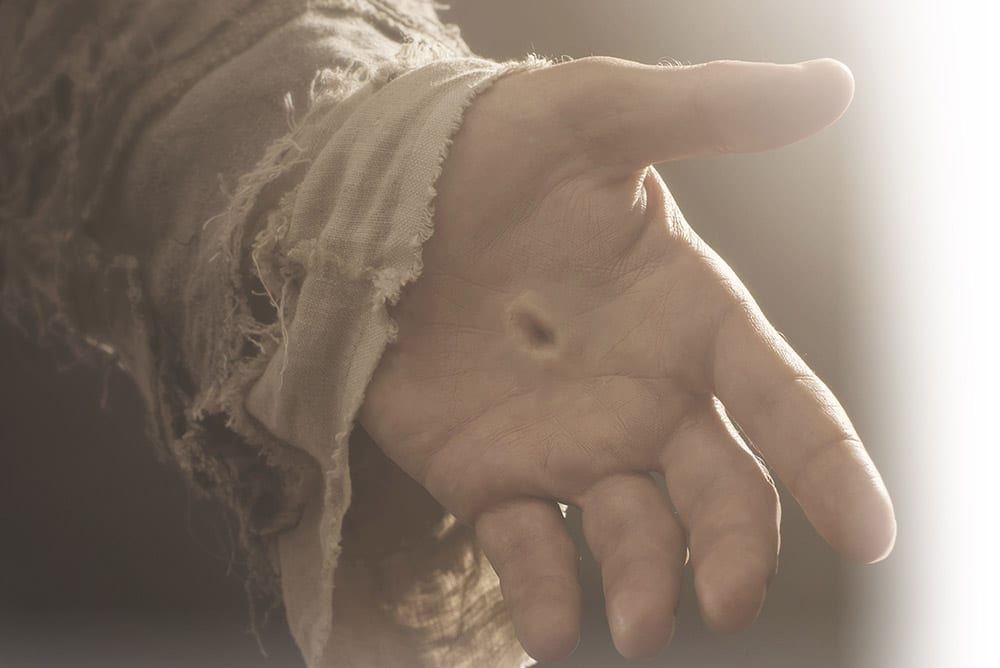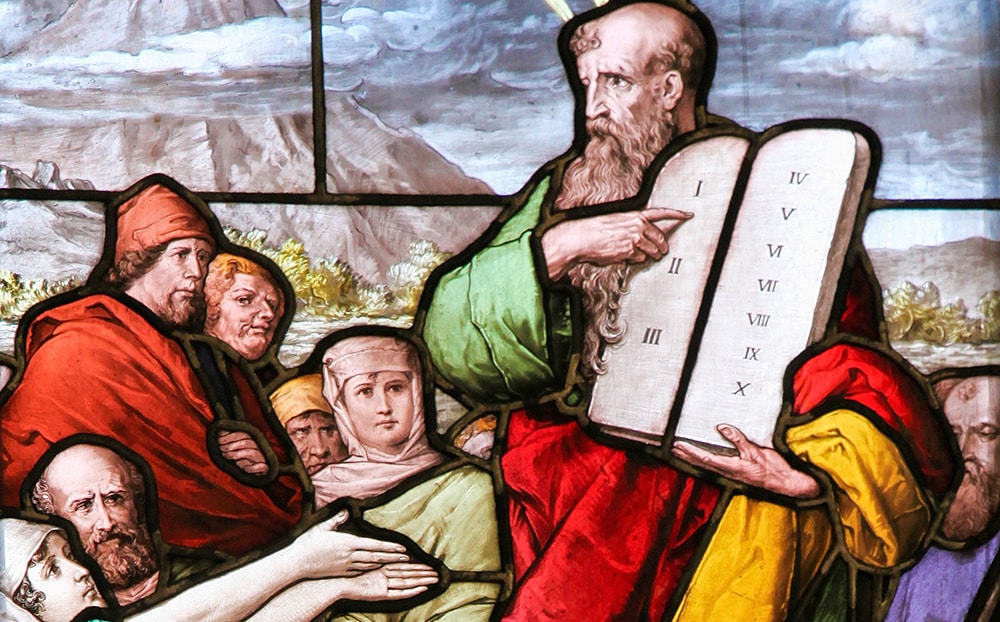They may not wear habits or live in community, but the lay Catholics who have been formed in the spirituality of a religious order look to embody the evangelical counsels as best they can in the secular world.
By committing themselves to obeying the Church and its teachings, being chaste in accord with their state of life and being poor in spirit, lay Catholics who are secular and Third Order members of religious orders present a striking Christian witness to their families, friends and neighbors.
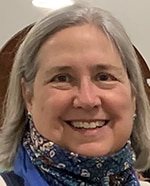
“We realize we’re in the world. We’re not cloistered — far from it,” said Mary Ellen Bakken, a Secular Discalced Carmelite who lives in Westford, Massachusetts.
In living the evangelical counsels in a lay context, Bakken said Christ is the “perfect model” for poverty, obedience and chastity in the world, though she and the other members of her secular community know they will always fall short in comparison.
“We know we’ll never be perfectly like him, but he lived the evangelical counsels when he was here on earth,” Bakken said.
‘We’re bearers of peace’
Whether one is a Dominican tertiary, a secular Franciscan, a member of the Servite Secular Order or a Benedictine oblate, the lay Catholics who have undergone a period of study and formation before making formal promises or professions with those orders in effect extend the spirituality of the monastery, convent or friary into the secular world.
“The basic rule of life as a lay Francisan is bringing life to the Gospel and the Gospel to life, and to do it through peace, harmony and not getting involved in too much confrontation,” said Philip Papa, a secular Franciscan who lives in Putnam County, New York.
Papa, 74, and his wife of nearly 50 years, Diane, underwent a two-year process of formation before they professed as secular Franciscans.
“We follow a rule of life which basically says we’re bearers of peace,” Papa told Our Sunday Visitor. “We try to seek ways to unify through dialogue, trusting that God is everywhere, in everyone you look at and see. We just look for Jesus in everybody.”
On obedience, Papa said secular Franciscans like himself promise not to challenge the Church’s moral teachings. With poverty, they may not dress in rags and beg for alms, but the lay members of Papa’s secular Franciscan community try to live simply and be detached from material belongings. They also look to identify with and help the poor and homeless in their midst.
“We do mission work, and we’re involved in helping the homeless and working on immigration issues,” Papa said, adding that he and his wife were first drawn to the Franciscans after getting involved in a social justice ministry that the order ran in their parish.
“Francis always attracted us in terms of how he dealt with the institution of the Church,” Papa said. “Even though, back then, he was outside the Church in some ways, Francis taught us you can do a lot of good by working within the institution, not throwing away the baby with the bathwater. He was a man who gave up his material wealth and became poor to rebuild the Church.”
‘Using those gifts to serve the Lord’
Also in New York, Elizabeth Scalia, a Catholic author and blogger who works as the editor-at-large for Word on Fire Catholic Ministries, lives out her vocation as a Benedictine oblate.
“It’s the whole sense of taking what you have, recognizing your gifts and using those gifts to serve the Lord, but also making your own way to God, which appeals to me because I’m very much a lone wolf,” said Scalia, 61, who became an oblate about 18 years ago.
As an oblate, Scalia promised to conform her life as much as she could to the monastic ideal, which in a Benedictine context entails balancing prayer and work (ora et labora) throughout her day. She prays the Liturgy of the Hours, attends Mass as often as she can and tries to squeeze in spiritual reading and lectio divina.
Being an oblate “influences me every single day in how I respond to things,” said Scalia, adding that she began volunteering in a local hospital’s pastoral care office soon after making her final oblation, which she renews every year.
As far as embodying a spirit of poverty goes, Scalia noted that she has worn the same pair of black shoes since 2007.
“The more I don’t have, I find that the more I don’t need,” Scalia said. “I find that as I get rid of things, I don’t try to replace them.”
‘You can’t go there and leave the same’
Karen Fenker does not usually drive fast, but finds that she needs to put her car in cruise control whenever she gets near the Abbey of Our Lady of Gethsemani in Bardstown, Kentucky.
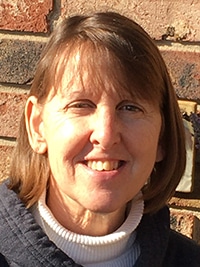
“I just can’t get there fast enough,” said Fenker, 55, a resident of Spencerville, Indiana, who for the last 30 years has regularly been visiting the Cistercian monastery made famous by Thomas Merton, the Trappist monk and spiritual writer who is buried on its grounds.
This September, Fenker will return to the monastery to make her formal commitment as a lay Cistercian of Gethsemani Abbey. She has been in formation for a year and a half, studying Cistercian spirituality and reading the works of Trappist saints.
“You can’t go there and leave the same. You just can’t,” said Fenker, a married mother of five grown children who attended her first silent retreat at the abbey 30 years ago. The experience changed her life.
“Up until that point, my life had been so chaotic, with working, raising young children,” Fenker said. “I didn’t know what quiet time was. I might have even been afraid to be alone and have quiet time until I went there.”
Fenker has since returned to the monastery on an almost annual basis, savoring the solitude, peace and silence at Gethsemani. More and more, she yearned to hold on to that tranquility after returning to her normal everyday life in Indiana.
“You have to take that way of life and bring it back with you,” Fenker said. “That’s a challenge, but I want to have the life that I have on the retreats. I want to have that life everyday at home.”
As a lay Cistercian, Fenker follows a plan of life that corresponds very closely to the daily routine of the Trappist monks at Gethsemani. She prays the Liturgy of the Hours every day. After morning prayer, she does lectio divina, writing down a word or phrase that speaks to her and taking it with her throughout her day.
Along with regular spiritual reading and Scripture study, Fenker makes it a priority to have at least a half-hour every day of silent contemplation.
“I crave that quiet place, even if I have to go out on a walk,” Fenker said. “I feel like I’m calmer. I feel like I’m much more positive, and more peaceful.”
‘We try to live out the care for the poor’
On the West Coast, Michelle Arnold lives as a Secular Discalced Carmelite in Spring Valley, California. Arnold, 48, underwent years of formation and study with the Carmelites, and even has a religious name for use in Carmelite life, Elizabeth Therese of the Holy Name.
Secular Discalced Carmelites “make their promises to live the evangelical counsels in relation to their community because the promises are made to the community,” said Arnold, adding that the promise of obedience is made to the council of the community and the superiors of the Discalced Carmelites.
“Chastity is a promise to the community that the Carmelite is not living a life at odds with the Church’s moral teachings,” Arnold said. “The promise to poverty means that (the Secular Discalced Carmelite) supports the local community, within his means, and strives for detachment from material goods.”
Debbie Nunes, the national prioress of the Servite Secular Order, also told Our Sunday Visitor that she and the lay members of her community also look to dedicate their lives to embodying the evangelical counsels.
“We try to live out the care for the poor and marginalized,” said Nunes, who lives near San Francisco, California. Nunes, who is married and retired after years of working in health care, joined the Servite Secular Order after being introduced to it by a Servite friar who had served as the parochial vicar in her parish.
“Our inspiration is Mary, Our Mother of Sorrows, Mary standing at the foot of the Cross,” Nunes said, adding that each Servite Secular community gathers regularly for prayer and spiritual formation, which includes Marian devotions.
“It can be praying the Hail Holy Queen, the Servite Rosary, maybe the Liturgy of the Hours or Scripture readings,” Nunes said. “Each community can decide if they want an obligation for their members on what they need to do, but it’s basically an individual choice.”
Like the Blessed Virgin Mary, Nunes said Secular Servites like herself devote their lives to bringing Jesus to others.
“We take care of those less fortunate than us,” Nunes said. “We live an austere life, based on ‘blessed are the poor,’ and how Mary was a humble servant, just being sensitive to others’ needs and to alleviate the suffering of Christ by taking care of the poor.”
Brian Fraga is a contributing editor for Our Sunday Visitor.

